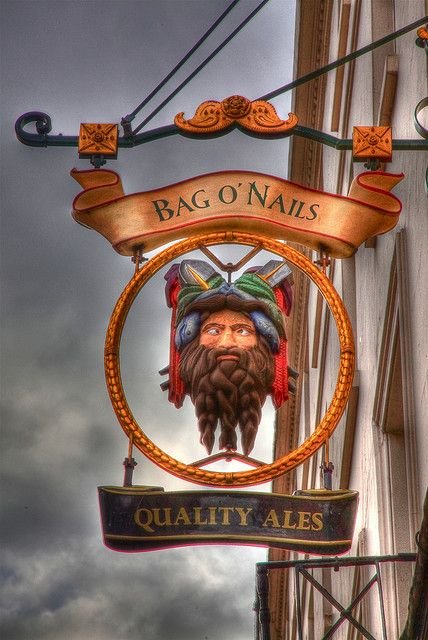

In recent months, brokers say, rents in SoHo have dropped by 20 to 25 percent, and negotiations over leases are taking much longer than they used to. ''The people,'' he said, ''they are so much hesitant to spend.'' Barry Jumpita, who manages Beebop & Wally's space at the market, said sales of $24 blouses and skirts priced from $25 to $60 were off by 50 percent since Sept.

''We were very pleased with June,'' said Barbara Cirkva, an executive vice president of Chanel, whose store on the corner of Spring and Wooster Streets carries jackets priced at $2,100 and sweaters at $580, ''and July seems to be holding up.''Īt the outdoor market cater-corner to Chanel, merchants painted a gloomier picture. Some SoHo retailers say business has picked up since the beginning of the year. ''Everyone is on vacation.''Ī Charles Jourdan spokeswoman said no one was available to comment on the Spring Street store. ''We do not have any information,'' a spokeswoman in New York said. In 1998, before Yves Saint Laurent opened its men's store, an executive vice president was quoted in The New York Times as saying, ''Going to SoHo is a natural move for us.'' These days, company officials are less eager to discuss their SoHo experiences. ''All I did was speak to people about Sept. She finally opened in November, but then closed two months later because business was so bad. Moore had planned to open another shop, on Thompson Street, on Sept. One retailer whose timing was especially unfortunate was Anne Moore, the owner of the Bridgehampton hat shop that bears her name. European tourists, who admire SoHo for its cast-iron buildings and Left Bank ambience, have been scarce since the terrorist attack, and many luxury retailers have had their worst sales in years.

Traffic restrictions kept out shoppers from beyond Manhattan. 11, which only made matters worse for retailers. The space has changed hands twice since Fishs Eddy moved out.Īnd that move occurred before Sept. ''It used to feel really hip and cutting edge, but now it feels like a big shopping mall.''

''There are no New Yorkers there,'' said Julie Gaines, one of the owners, referring to SoHo. Their store at Broome and Mercer Streets lasted 10 months before closing a year ago. The owners of Fishs Eddy, a small chain of housewares stores, learned the hard way that SoHo was not the right neighborhood for them. ''A lot of boutique-type stores have had to close and are being replaced by stores like Coach and Ferragamo.'' ''The rents for people like us that came here then are out of our league,'' she said. The company is moving to Hudson Street in TriBeCa after 10 years on Broome Street, said Mary Meisenhzahl, the store manager. One retailer that is leaving SoHo is Pompanoosuc Mills, which sells a hardwood furniture line made in Thetford, Vt. In contrast, vacancies uptown are scarce despite the lofty rents, said Robin Abrams, a broker with the Lansco Corporation. 11, a slowdown in foreign tourism and the declining sales for many luxury goods.īrokers say, though, that SoHo's problems are to some degree of its own making, a reaction to the fevered competition for space that had rents spiraling out of sight.Īt the most fashionable addresses on Prince and Spring Streets, storefronts that fetched annual rents of $100 a square foot five years ago had more than tripled by last year to levels rivaling Madison Avenue below 72nd Street and beyond the reach of all but brand-name retailers. Like other shopping districts in the city, particularly those closest to ground zero, SoHo has suffered because of the economic downturn, the repercussions of Sept. ''There are more vacancies than there have been in eight or nine years,'' he said. Not since the recession of the early 90's have things in SoHo been this bad, said Stephen Tarter, a partner in Tarter-Stats Realty Corporation, which is based there.


 0 kommentar(er)
0 kommentar(er)
